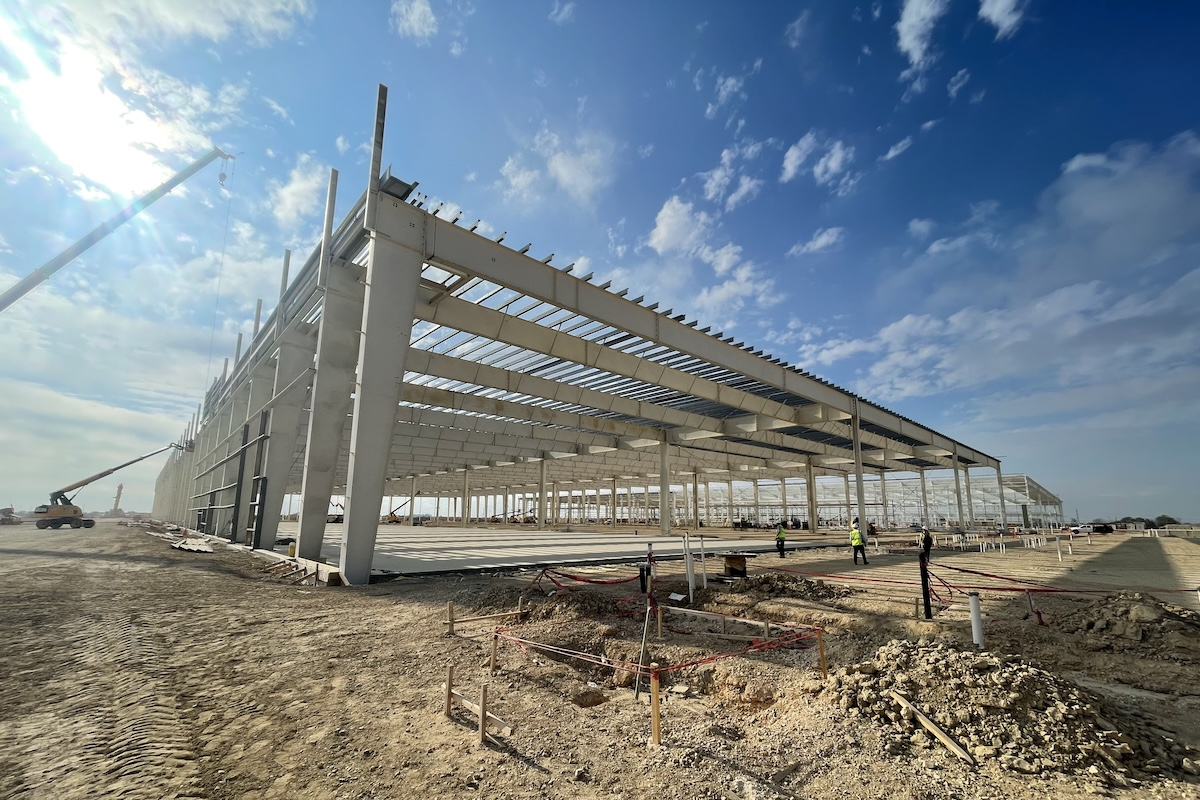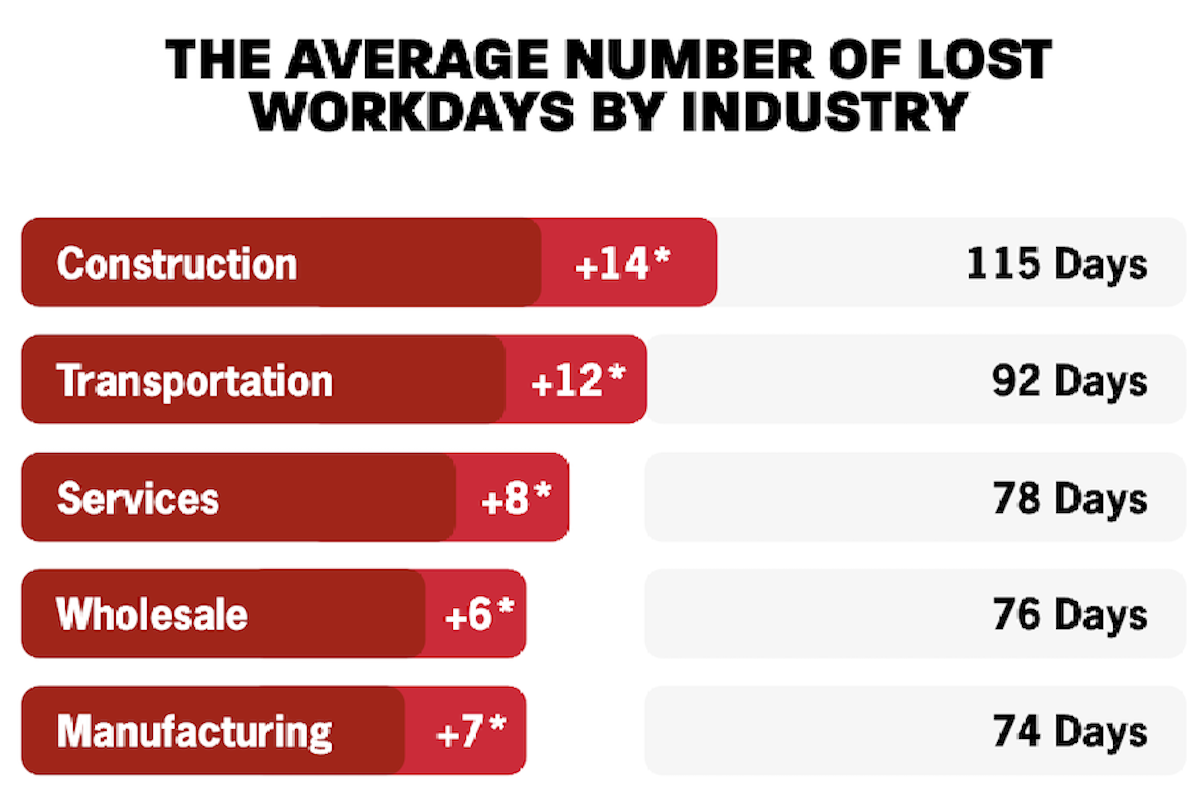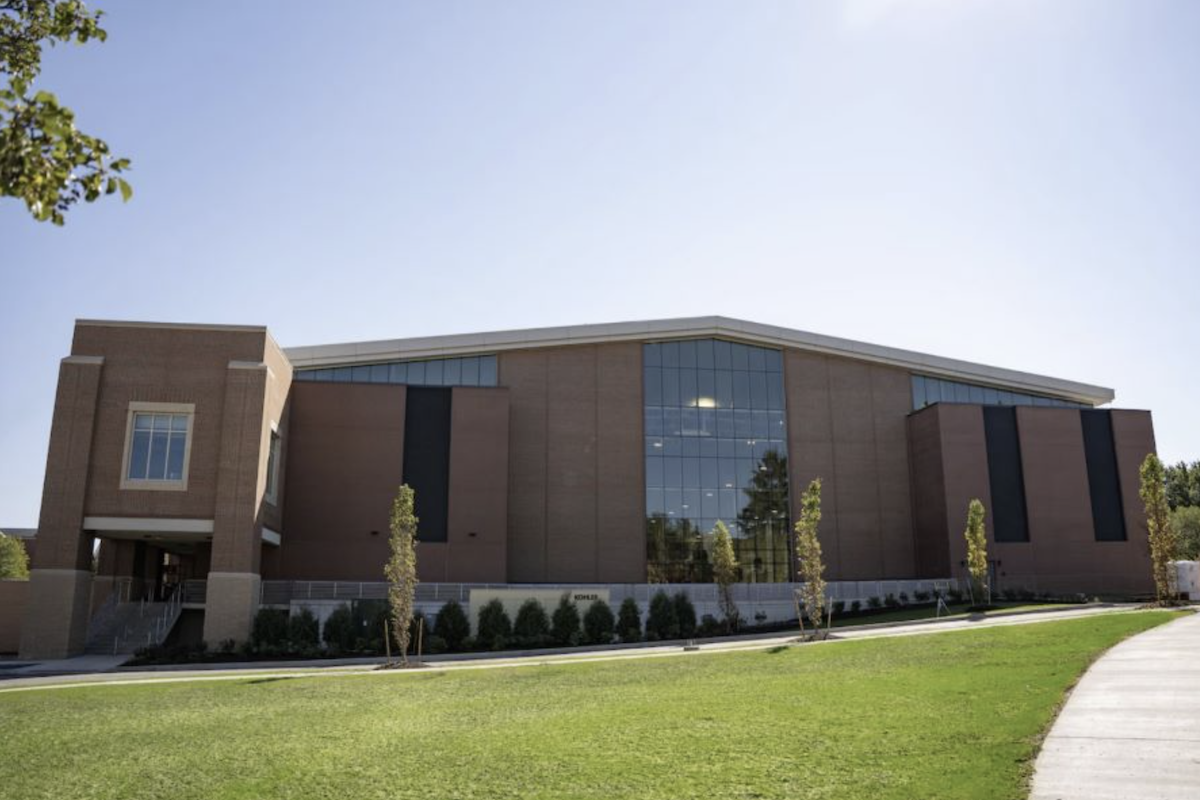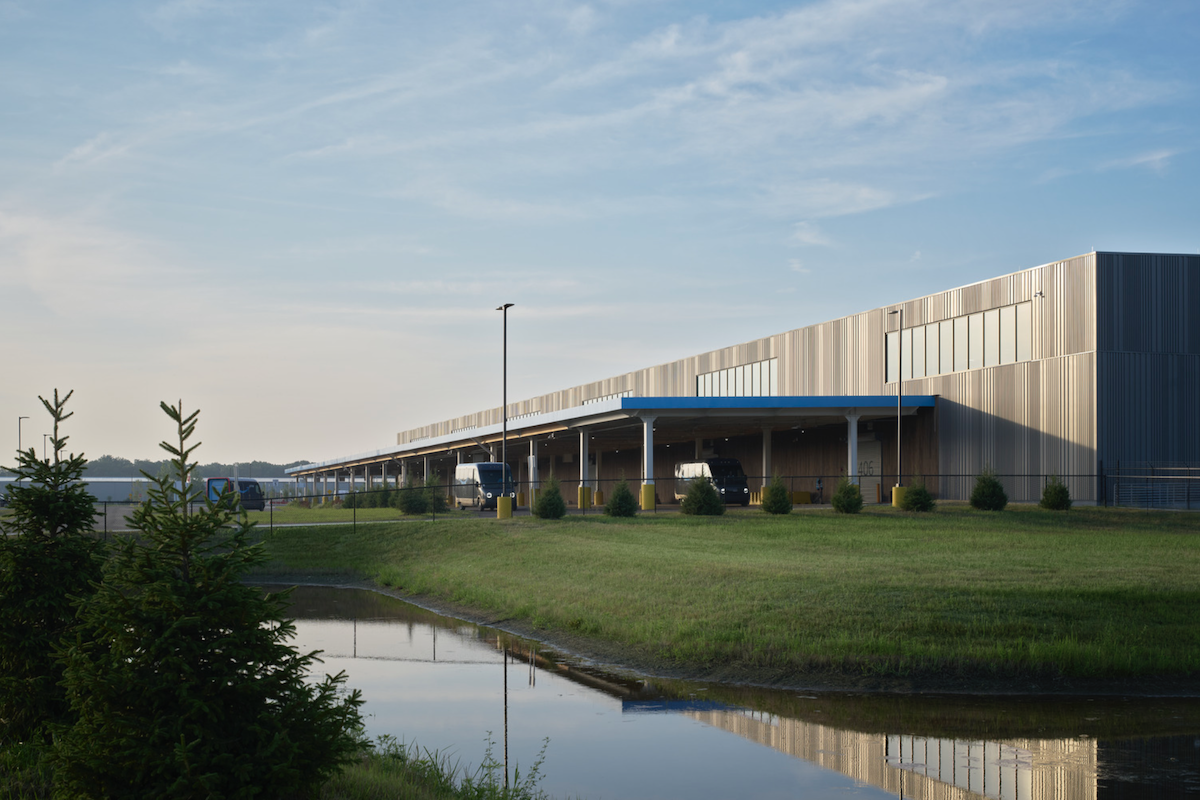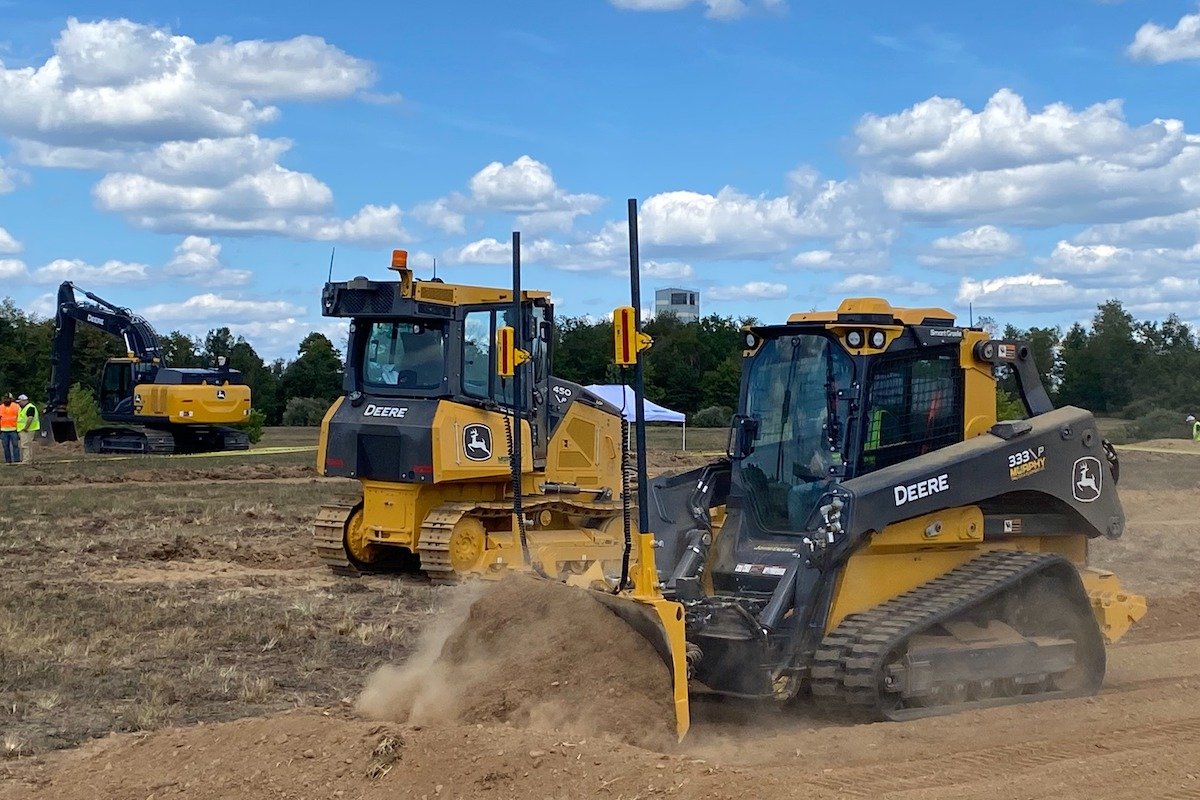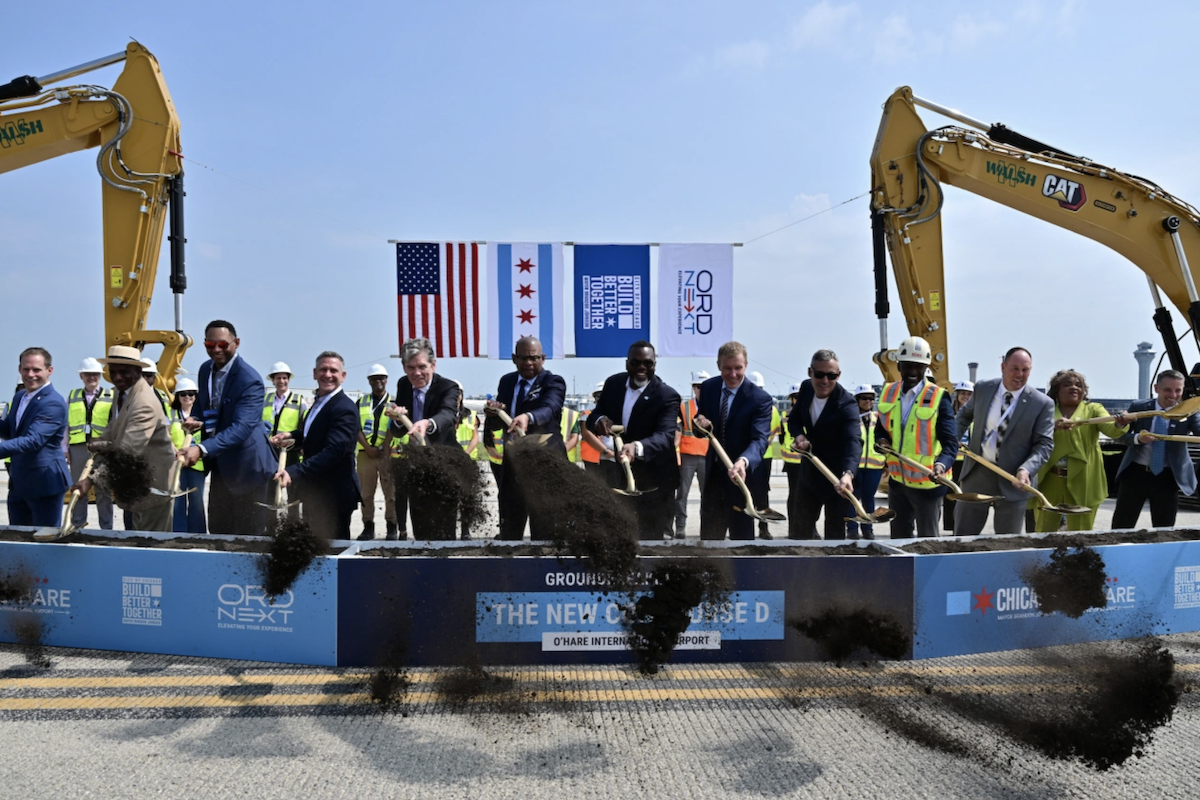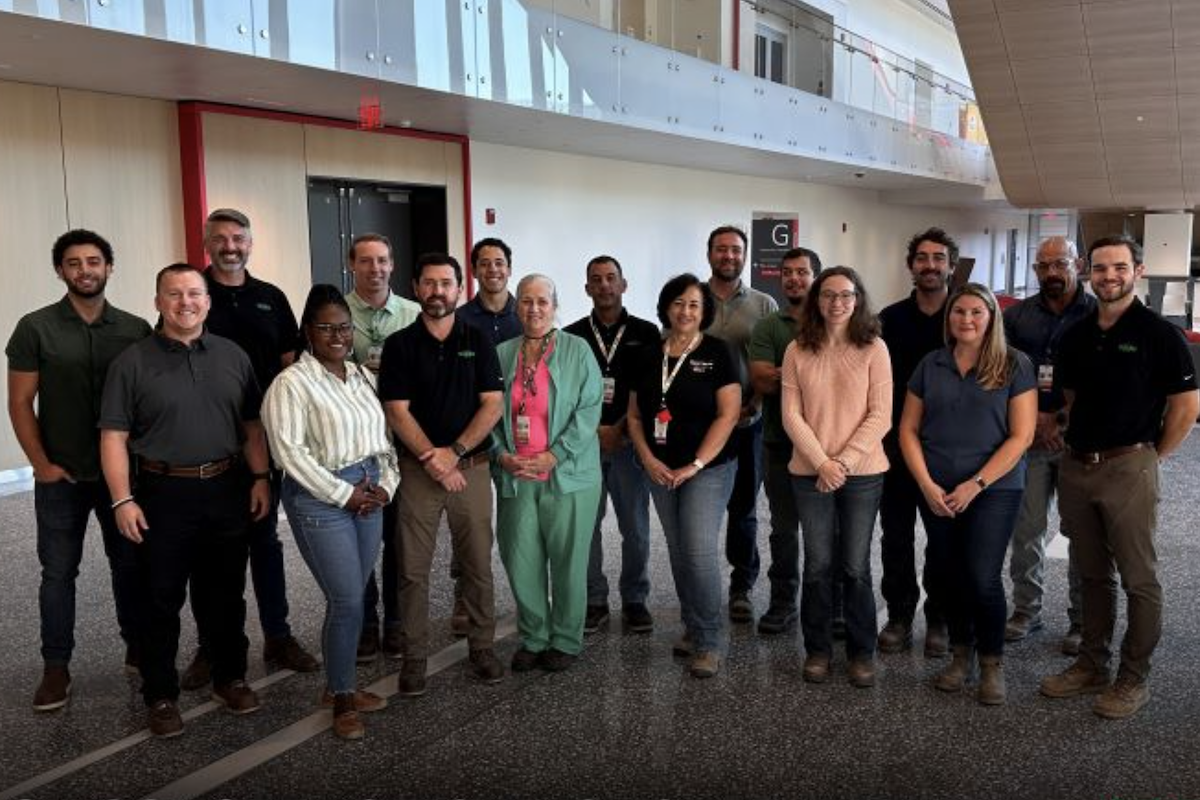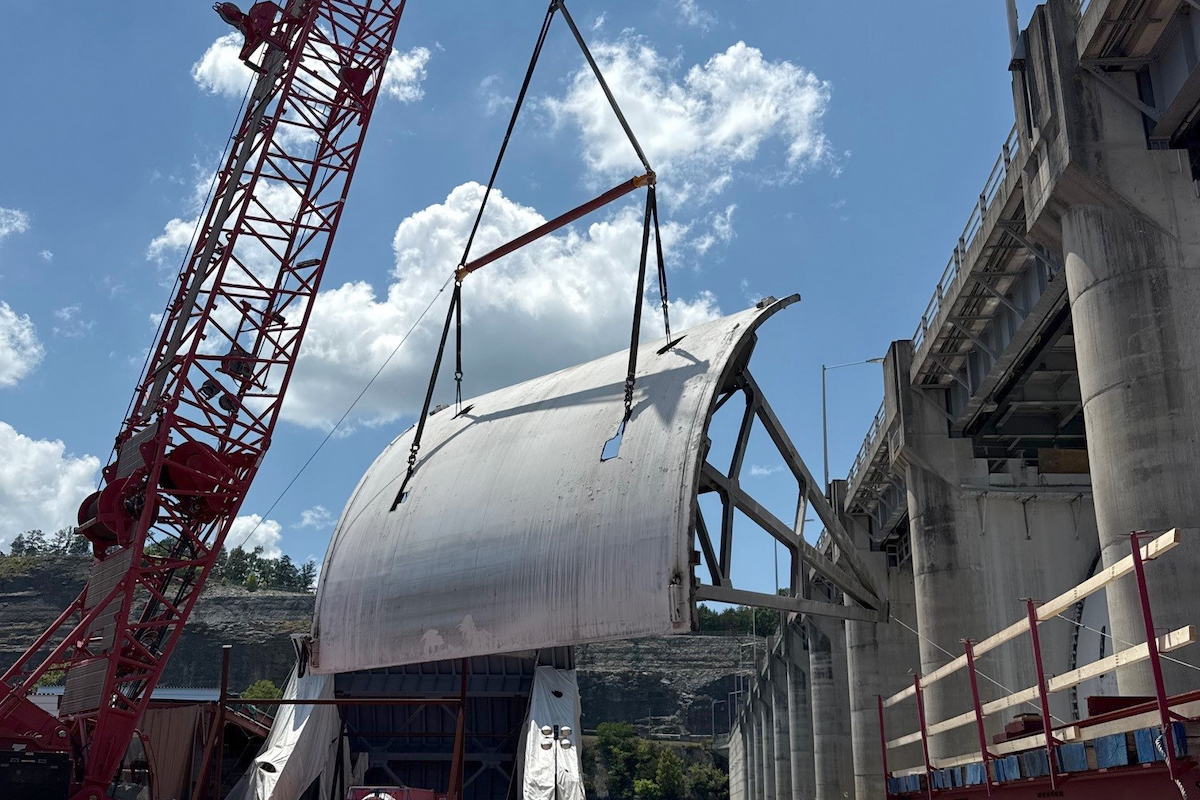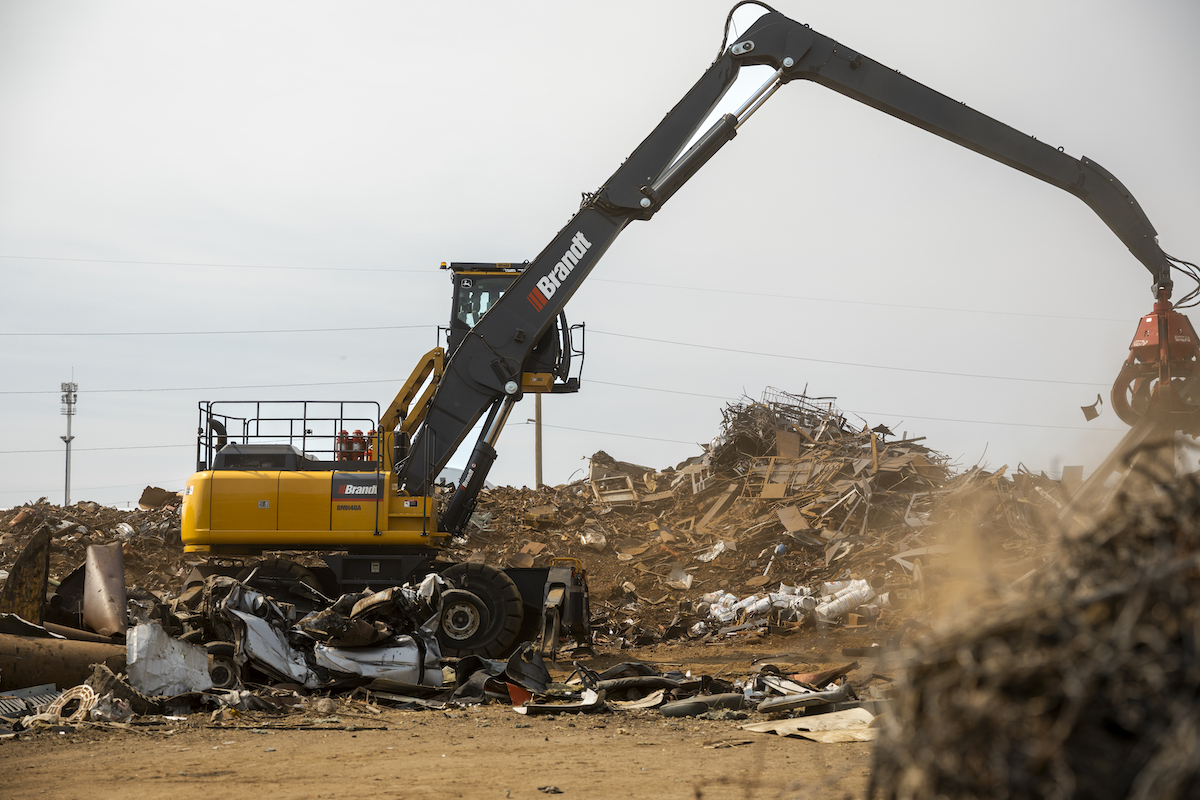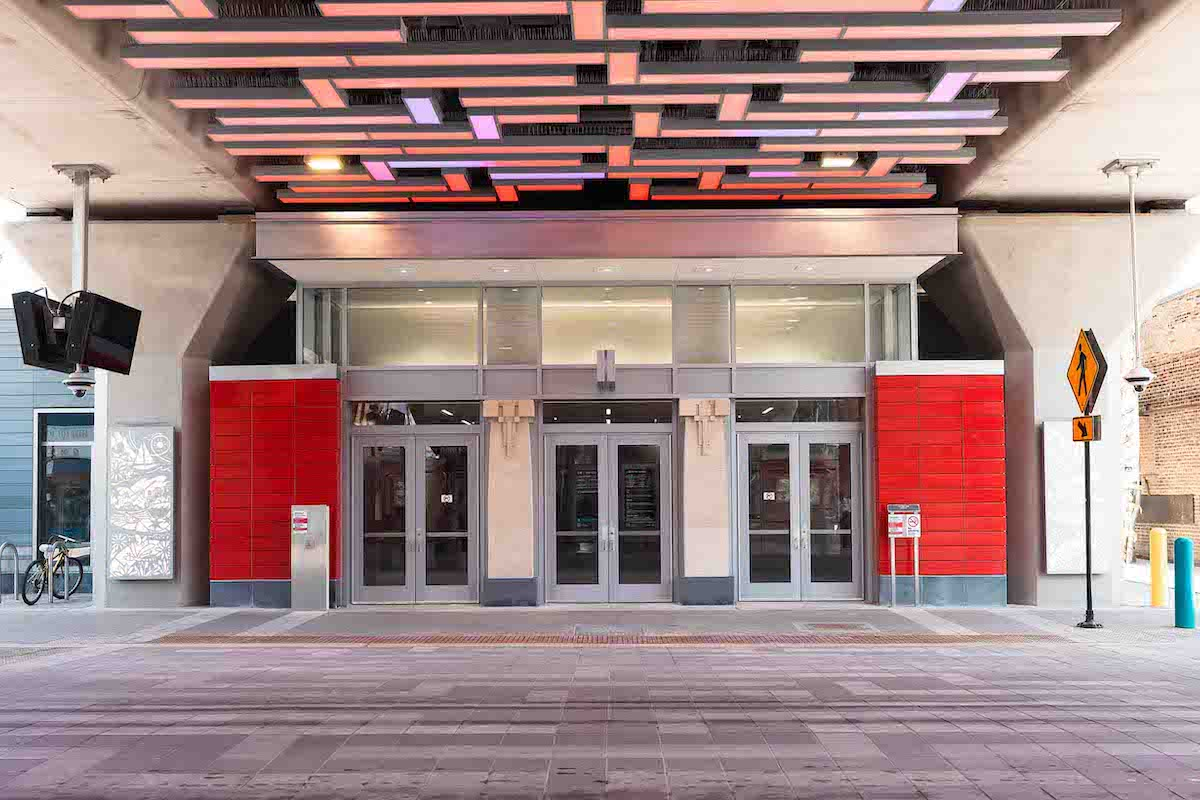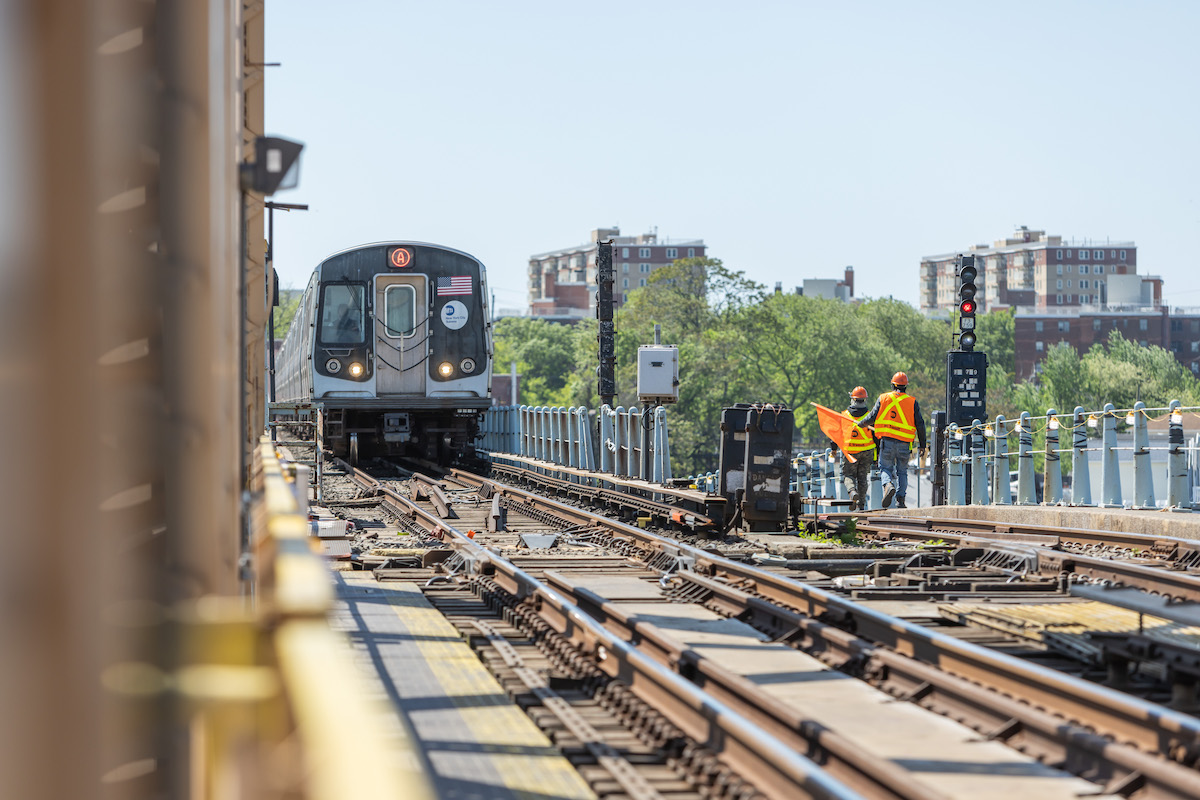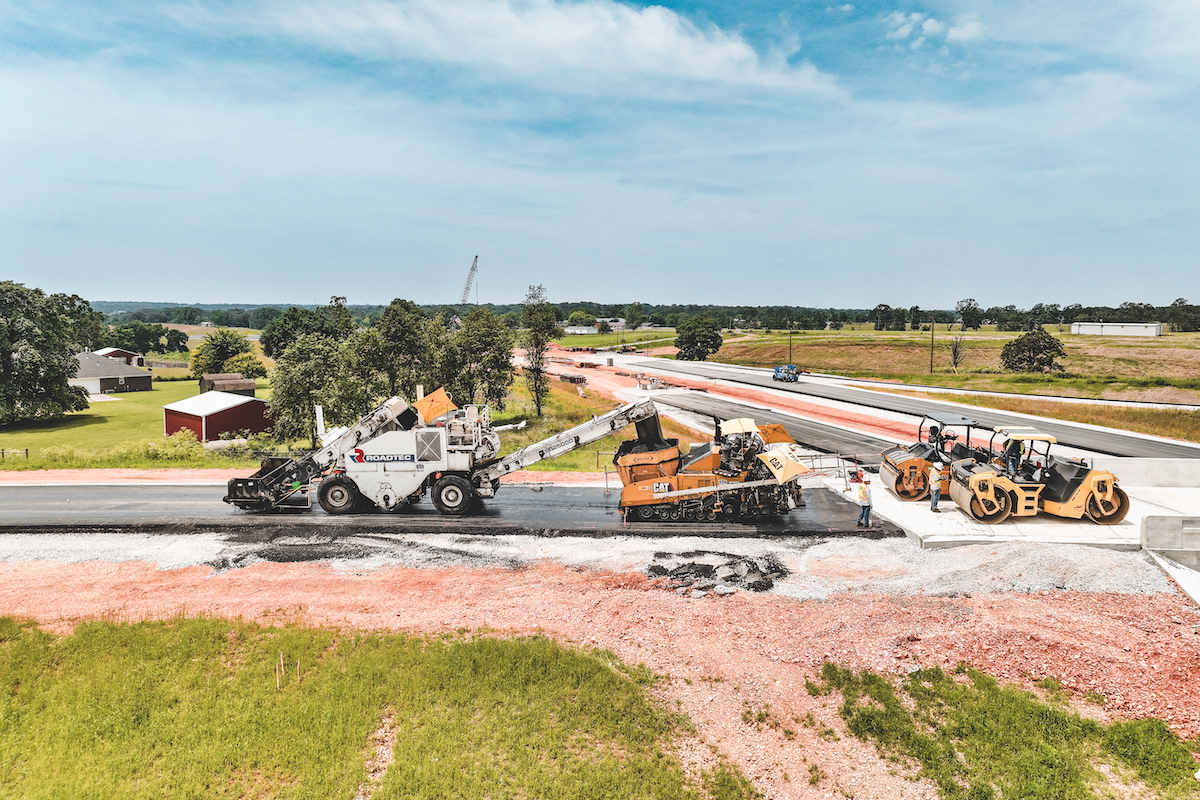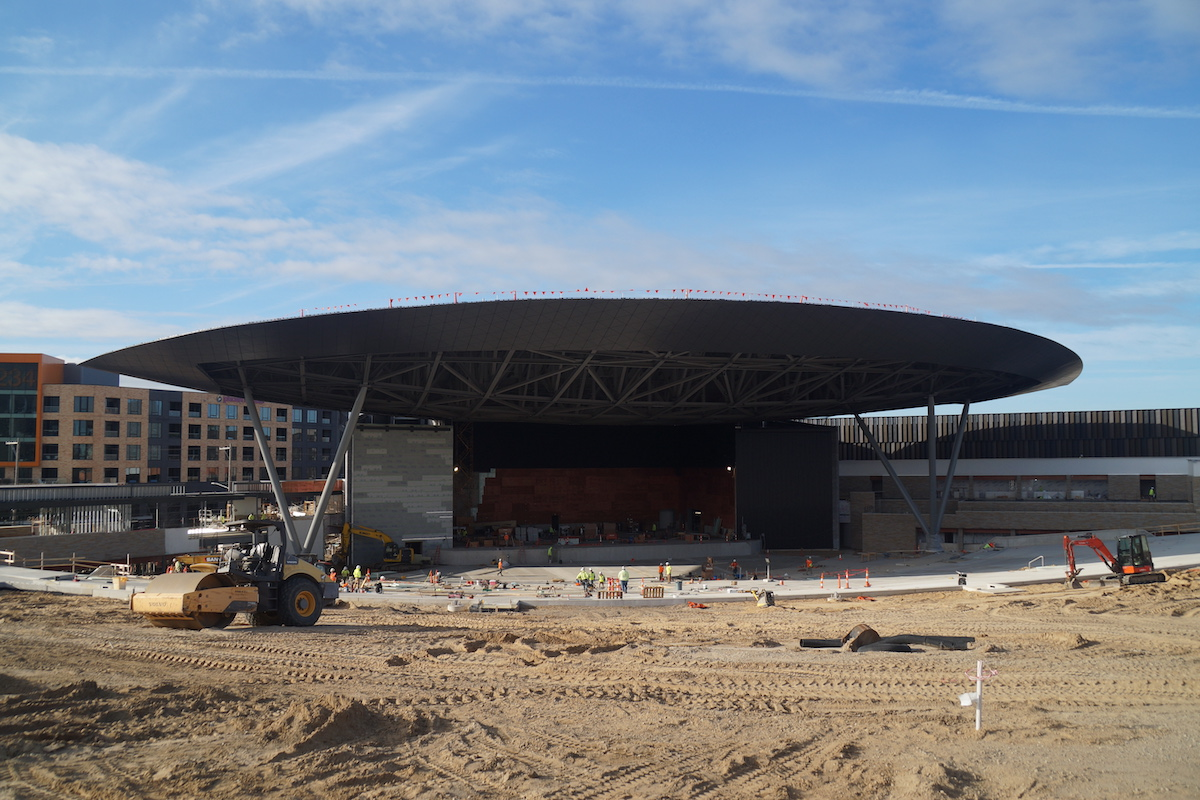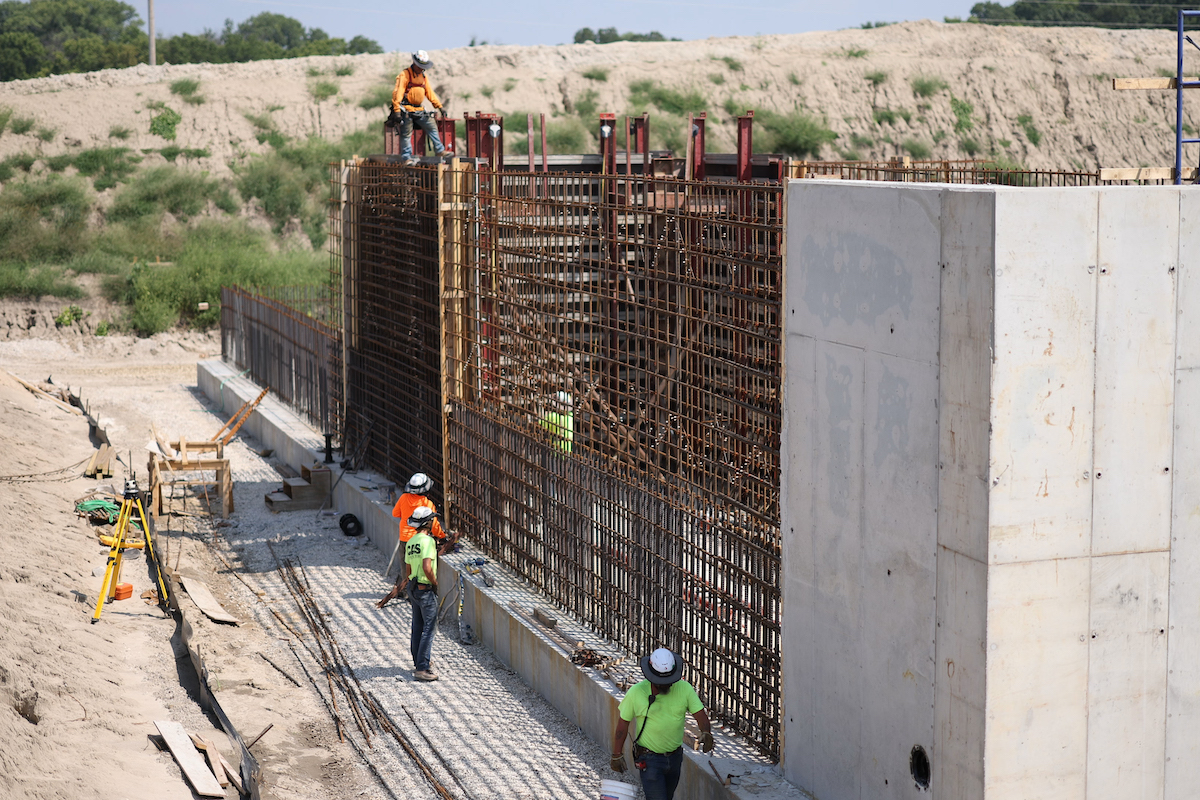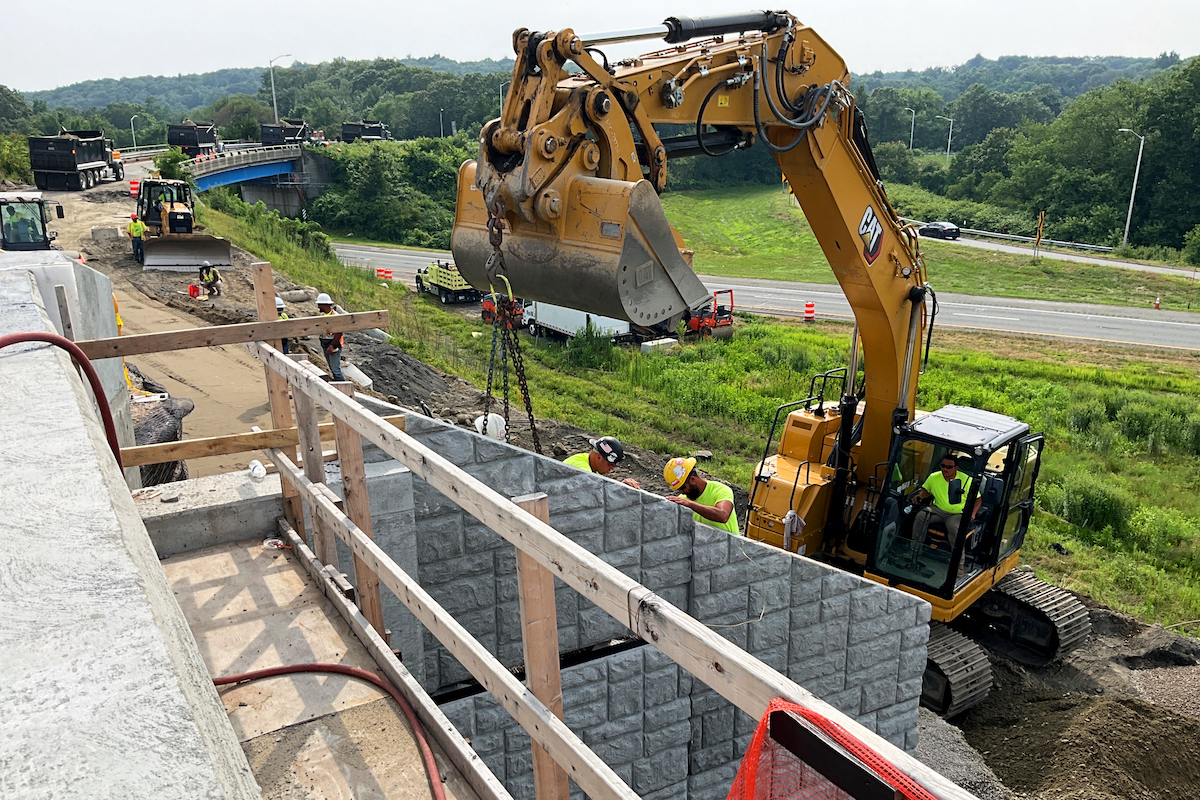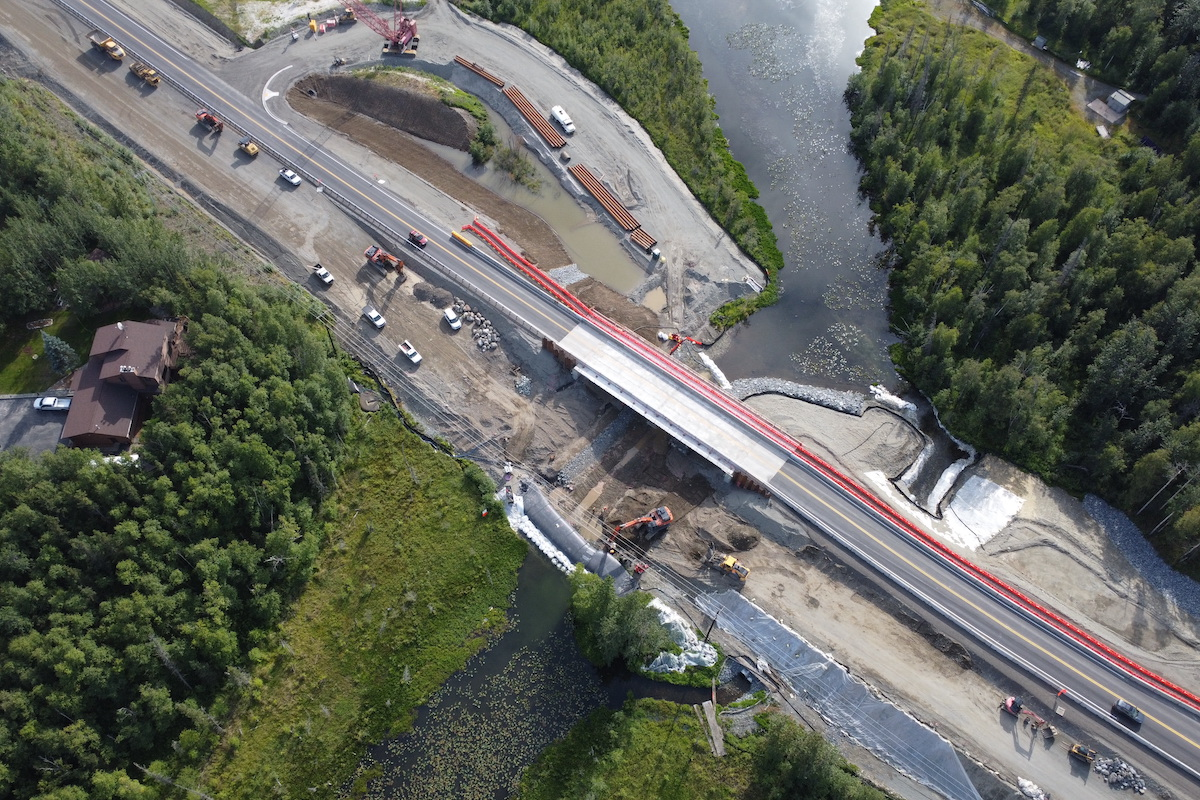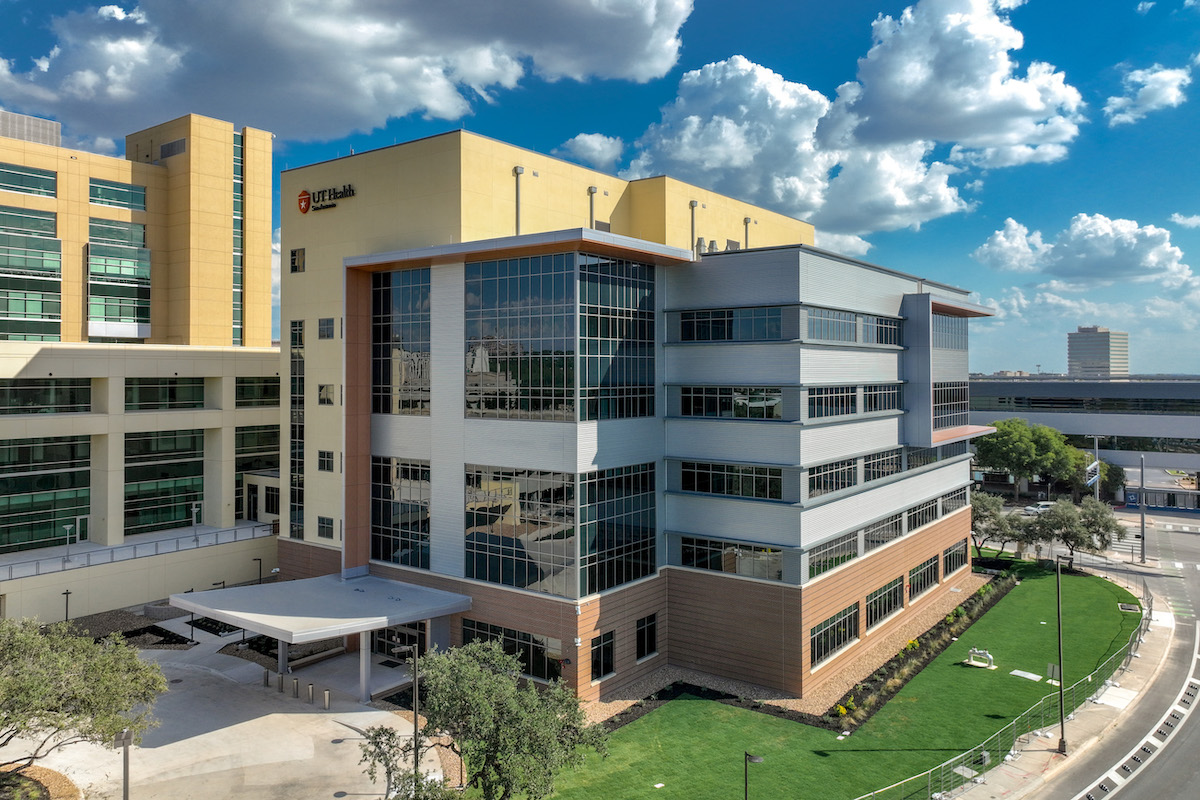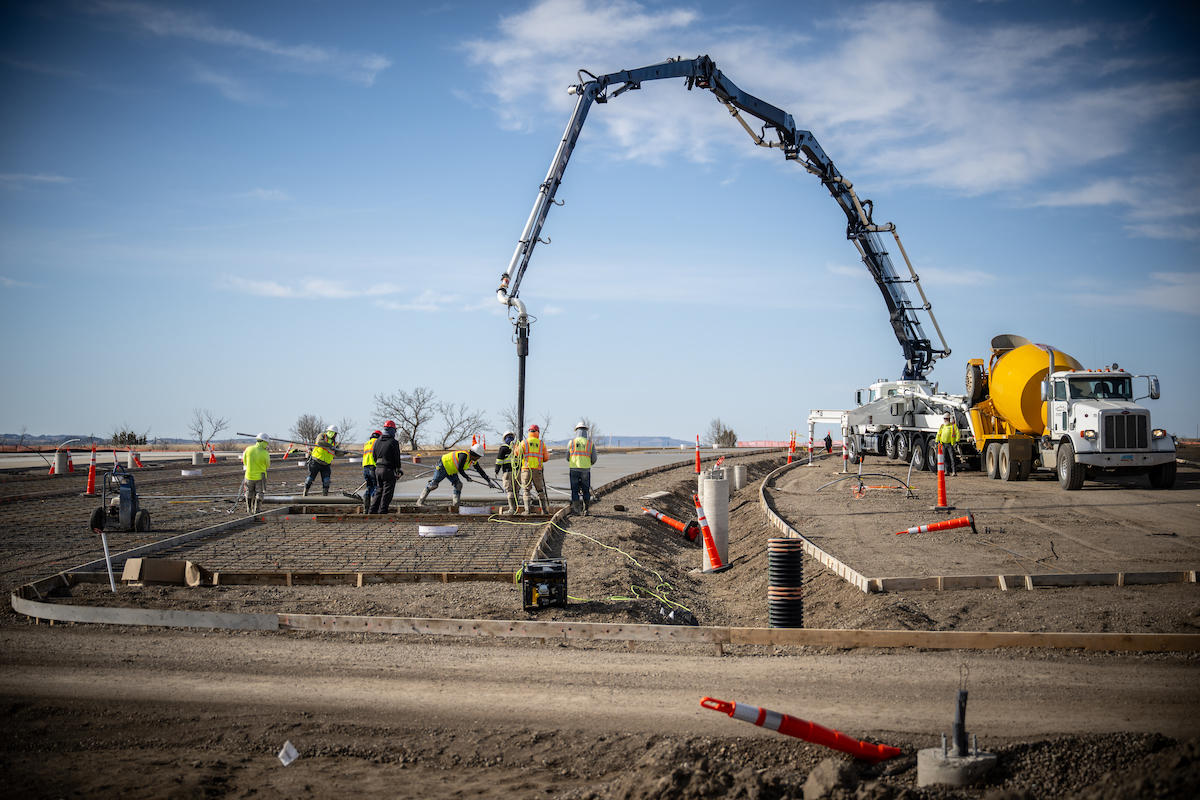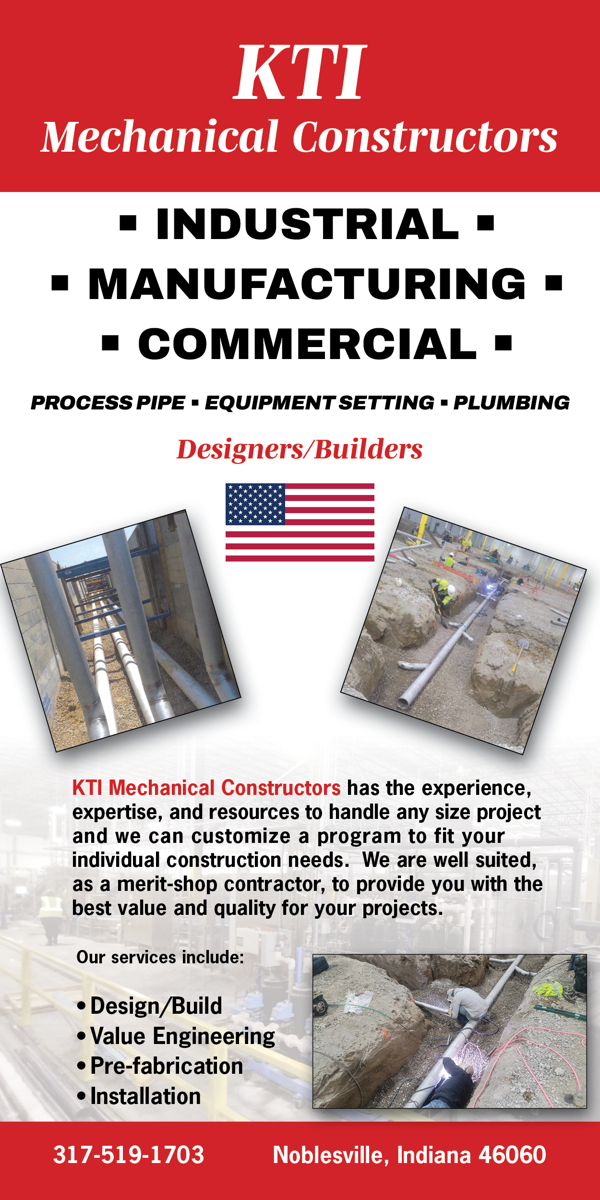The passage of the One Big Beautiful Bill Act (OBBBA), signed into law on July 4, 2025, marks a significant turning point for the construction industry, particularly through its provision for 100 percent bonus depreciation and the increased Section 179 deduction cap.
These two powerful incentives, embedded within the bill’s broader package of economic and tax reforms, have far-reaching implications for capital investment decisions, long-term planning objectives, and cash flow management among construction contractors.
Bonus depreciation allows businesses to immediately deduct a significant portion of the cost of qualifying property, rather than spreading deductions over several years. Before the OBBBA, bonus depreciation was only going to be 40 percent of the cost of the property. With the passage of the new legislation, 100 percent bonus depreciation is now available for both new and used capital assets acquired and placed in service after January 19, 2025 (note that the binding acquisition contract needs to be signed on or after this date) and before December 31, 2029.
The 100 percent bonus depreciation was made permanent, meaning it’s not subject to future reductions unless Congress revises it in a future tax bill.
To qualify for the full 100 percent bonus depreciation, the capital investment must be used for business purposes at least 50 percent of the time; otherwise, the amount can be limited. The 100 percent bonus depreciation is not subject to an annual dollar limit, nor is it limited by a business’s taxable income. It can create a net operating loss, which can be carried forward to offset future income. Eligible property must have a recovery period under the Modified Accelerated Cost Recovery System (MACRS) of 20 years or less and must be acquired from a business unrelated to the taxpayer.

| Your local Atlas Copco CMT USA dealer |
|---|
| Brandeis Machinery |
The Section 179 deduction cap for capital investments was also increased from $1 million to $2.5 million, with a phase-out beginning at $4 million for property placed in service after December 31, 2024.
For construction contractors, eligible assets typically include heavy machinery, vehicles, computers, office equipment, and certain improvements to nonresidential property. The ability to write off the full purchase price of these investments in the year of acquisition creates a substantial, immediate tax benefit.
As the construction industry becomes more technologically advanced, the most direct impact of 100 percent bonus depreciation is on capital investment. Contractors may be more inclined to invest in new or used equipment to modernize their fleets, increase productivity, and remain competitive.
By reducing the after-tax cost of capital expenditures, the provision can tip the scales in favor of replacing aging equipment sooner or investing in new technology that enhances project efficiency (such as drones, BIM software, or other intelligent software and technology) or safety.

| Your local Gomaco dealer |
|---|
| Fabick CAT/MO |
These accelerated purchases can also ripple through the broader economy, benefiting equipment manufacturers, suppliers, and related service providers.
Long-term planning is at the heart of construction contracting, where projects can span months or years. The prospect of immediate expensing changes the decision-making on major asset purchases, making it more attractive to lock in long-term investments now rather than delaying for future fiscal periods. Contractors with multi-year project pipelines can leverage bonus depreciation to align asset acquisitions with periods of higher profitability, thereby smoothing out taxable income over time and enhancing reported earnings.
Moreover, the sunset nature of the provision means contractors must carefully strategize asset acquisition timing. Planning to maximize the window of bonus depreciation availability is essential to fully realize the benefits before the provision potentially phases out or is amended after a new administration takes over.
Effective cash flow management is critical in construction, since large upfront costs and delayed receivables can strain resources. The new bonus depreciation provision can provide an immediate cash flow boost through tax savings. By reducing current-year tax liability — typically around 29 percent to 33 percent — contractors retain more cash, which can be deployed for working capital, debt reduction, labor benefit and wage/bonus increases, or reinvestment in the business.

| Your local Trimble Construction Division dealer |
|---|
| SITECH Indiana |
| SITECH Ohio |
| SITECH Mid-South |
Contractors can typically see a tax savings in the initial year of the acquisition (when bonus and Section 179 depreciation deductions can be taken) that amounts to $29,000 to $33,000 for every $100,000 of qualifying capital investment placed in service.
This improvement in cash flow is especially vital for smaller contractors or those operating on tight margins. The provision may even make it easier for contractors to secure financing for equipment purchases, as lenders consider the improved cash position and tax benefits.
The One Big Beautiful Bill Act and its 100 percent bonus depreciation provision and increase in the Section 179 deduction cap present a compelling opportunity for construction contractors.
By enhancing the financial attractiveness of capital investment, supporting long-term strategic planning, and improving cash flow, this legislative change can strengthen the industry’s ability to meet future infrastructure demands, thrive in a competitive environment, and upgrade to the most current technology. However, to maximize these benefits, contractors must act decisively, plan carefully, and consult with financial professionals to ensure compliance and strategic alignment.




